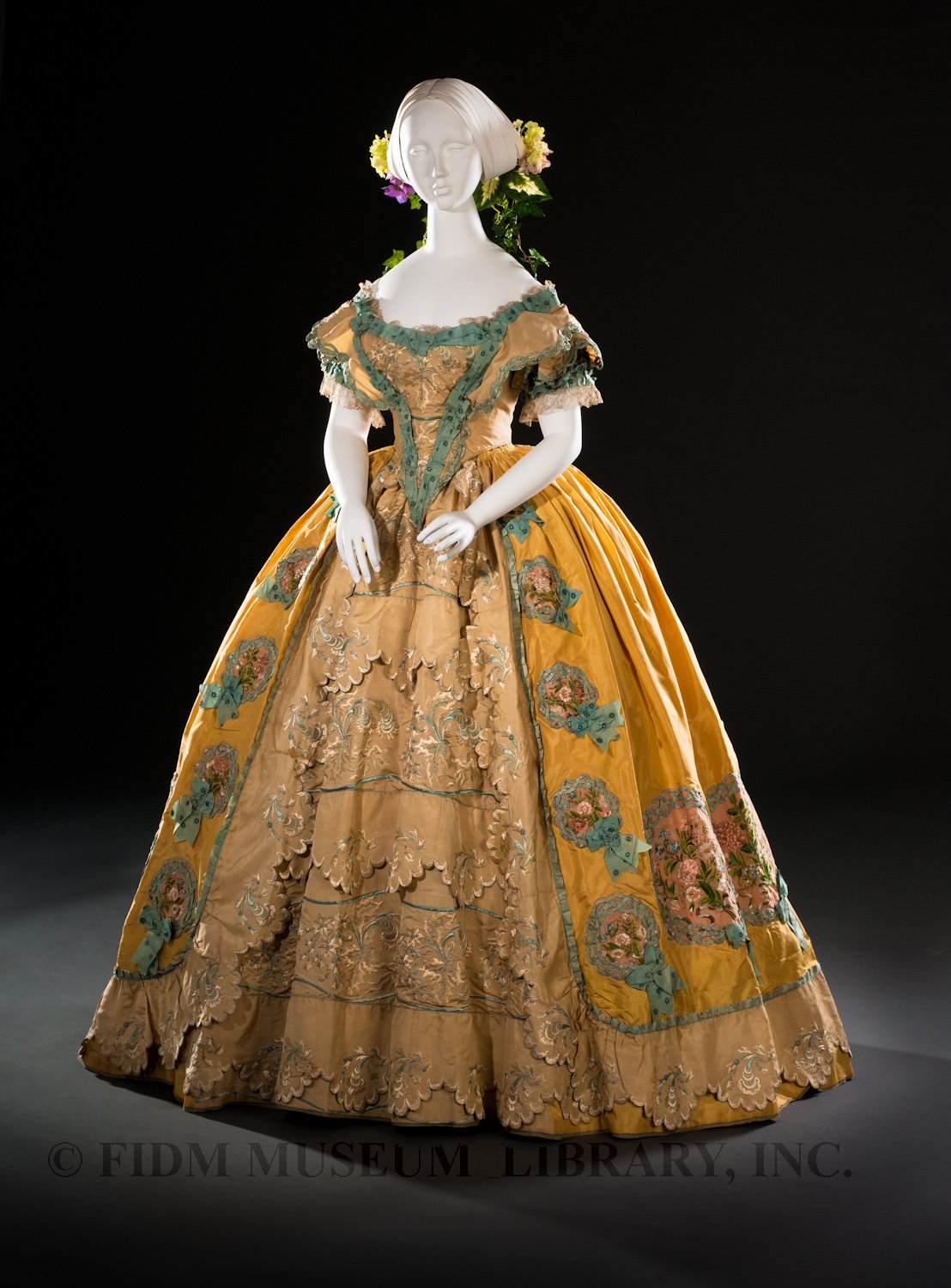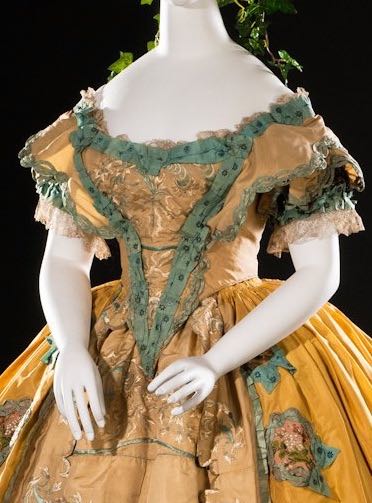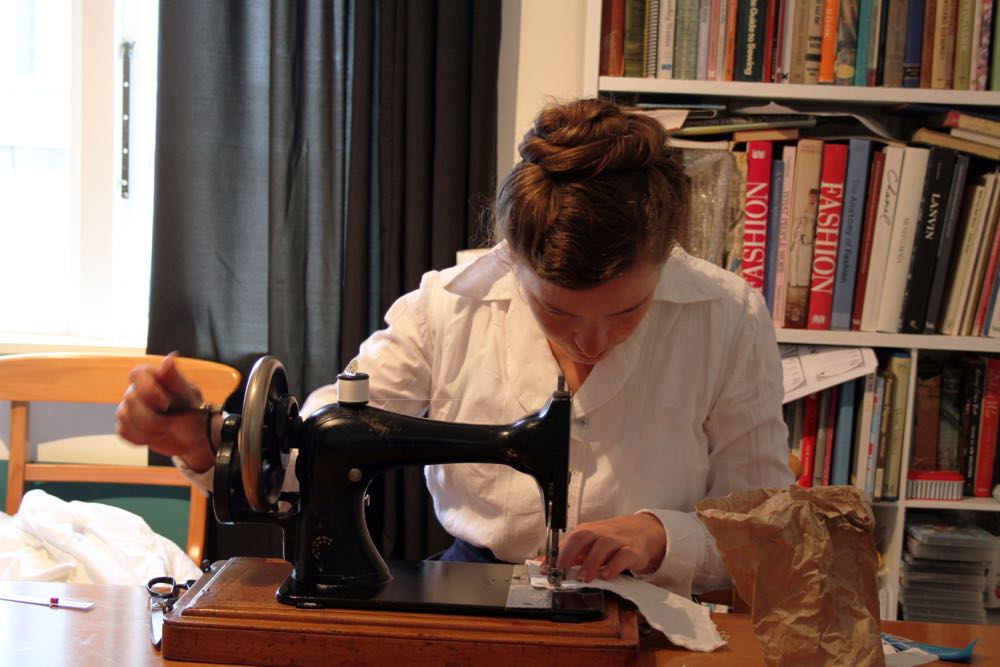Things have been quiet on the Scroop Patterns front for the last few months, while I focused on a trip home to my parents in Hawaii, and Costume College, and other work commitments, but I’ve also been working on patterns, and am going to be launching quite a few over the next six months (Yay, yay, yay!).
So, I need pattern testers! People to try the patterns to make sure they print properly in all paper formats; that the instructions make sense (and that I haven’t missed any typos – SO easy after you’ve been staring at a set of instructions for weeks on end!), and to give me general feedback.
I’ve got a bunch of patterns on the go, ranging from super-easy modern stuff, to slightly more complicated modern and historical (ooh!) stuff, to really complicated historical stuff (OOOooh!!). So I’m going to be wanting a whole range of testers, so when I have something I think you, as a tester, would be interested in, I can ask you if you’d like to test it!
Pattern testers will get a digital copy of the final pattern, my eternal gratitude, as much publicity as I can manage for your sewing (if you’re keen on that).
With every pattern I’ll be looking for a range of testers, in terms of geographical location, body type, sewing experience, and personal style. Even if you’ve expressed interest in a particular pattern, you may not get chosen merely because lots of people in your geographic or size demographic asked after the same pattern.
Interested? Feel like pulling out the sewing kit and the red pen? (I hope so!)
If you want to be a pattern tester you should:
- be a reasonable confident sewer
- be able to print patterns in A4, A0, US Letter or US full sized Copyshop paper sizes
- have the time to sew up the item if you agree to be a tester for it
- be able to photograph your make being worn
- be able to provide clear feedback
- be willing to sign a confidentially agreement regarding the pattern
How long you get to test the pattern will depend on how involved it is: I’ll be giving testers 10 days (arranged to be two full weekends) for super easy items, and up to a month for really complicated patterns.
To sign up to test patterns, please email me with the following:
- Your name
- Your bust, waist and hip measures
- Your height
- Your sewing level: Beginners, Low Intermediate, High Intermediate, Advanced
- A link to your blog/instagram/Flickr/Sewing Pattern Review profile/something else sewing-y presence, if you have one. (you don’t have to have one, but it will help).
- A link to a sewing make with a review (so I can see how you think about and analyse your sewing)
- What type of patterns would you be particularly interested in testing? (i.e. knits, dresses, historical, anything and everything).
- Is there anything I’ve made that you’d particularly like to test if it ever becomes a pattern?
- Do you have any other skills that would really make you an extra-super-awesome pattern tester? (i.e. experience copy-editing)
- If you are chosen, would you be happy for me to feature photos of your make on my blog?
Hope to hear from lots of you!






